Three Reasons Why e-Learning Can Contribute to the SDGs Education Goals
Three Reasons Why e-Learning Can Contribute to the SDGs Education Goals
Hello.
This is Nishimura of Tatsuno Information Systems.
Have you ever heard the term "SDGs" (SDGs) on TV or on the street?
It's a hot topic these days, and some of you may find it hard to ask what the SDGs mean now.
Therefore, in this article, we will provide an overview of the SDGs and in particular the goals in the education sector and the role that e-learning can play.
Content
- 1. What are the SDGs?
- 2. The "Education Goals" set out by the SDGs
- 3. Three reasons why e-learning can contribute to the SDGs education goals
- 4.learningBOX is an LMS that has all the contents necessary for school education
- 5. Summary
What are the SDGs?
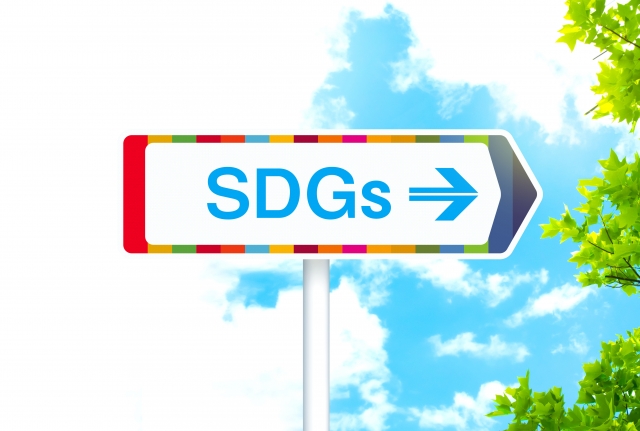
What are the SDGs (Sustainable Development Goals)?"leave no one behind.It is a universal goal for the realization of a sustainable and better society under the slogan
Humanity is facing numerous challenges such as "poverty, conflict, climate change and infectious diseases" that have never been seen before.
It is proposed that if this trend continues, it will be difficult for human beings to continue living in this world in a stable manner.
With such a sense of crisis, people from all walks of life around the world discussed, sorted out the issues, came up with solutions, and set specific goals to be achieved by 2030.
itSustainable Development Goals (SDGs), will be one of the solutions for employees both at home and abroad.
These 17 goals cover a wide range of issues, including poverty, education, technological innovation, and environmental challenges.
▼ The official page of the Ministry of Foreign Affairs introduces the SDGs as follows.
The Sustainable Development Goals (SDGs) are international goals to achieve a sustainable and better world by 2030, which are described in the "2030 Agenda for Sustainable Development" unanimously adopted by member countries at the United Nations Summit in September 2015 as the successor to the Millennium Development Goals (MDGs) formulated in 2001. The SDGs consist of 17 goals and 169 targets, and pledge to "leave no one behind" on the Earth. The SDGs are universal, and Japan is also actively working on them.
Why the SDGs are a hot topic right now
The SDGs were adopted by the United Nations in 2015, and have recently been receiving increasing attention in the media.
The SDGs are now attracting attention because of the following three perspectives.
1. Increased awareness of the crisis shared by the entire world
2. Success in setting easy-to-understand goals that are common to both developed and developing countries
3. The importance of the business opportunity has been recognized
Japan's Familiar Approach to the SDGs
The Japanese government also established the SDGs Promotion Headquarters in 2016 to promote SDGs initiatives.
The following items are representative of our efforts.
1. Initiatives in the field of disaster prevention
In the field of disaster prevention, which is close to our daily lives, Japan is actively promoting international cooperation in disaster prevention through emergency aid, disaster prevention measures, and disaster recovery, based on the knowledge and recovery technologies that have been cultivated through past natural disasters experienced by Japan.
At the G20 Osaka Summit in 2019, the Sendai Initiative for Disaster Reduction Cooperation Phase 2 was announced.
As an advanced country in disaster reduction, Japan has set a goal to support 5 million disaster victims in developing countries in at least four years until 2022, and to promote human resource education and disaster reduction education for the next generation.
2. Initiatives in the field of the natural environment
With regard to the marine environment, which is also facing other issues such as the negative impact on marine ecosystems caused by plastic waste spills, Japan, as a maritime nation, emphasizes the conservation and sustainable use of the marine environment.
At the G20 Osaka Summit in 2019, which Japan chaired, the issue of marine plastic litter was selected as one of the main issues.
We called on the countries participating in the G20 to share and agree on a vision to reduce pollution from plastic waste to zero by 2050.
Among the 17 SDG goals, there are many areas in which Japan is utilizing its experience and know-how to provide international cooperation.
About the "Education Goals" set forth by the SDGs
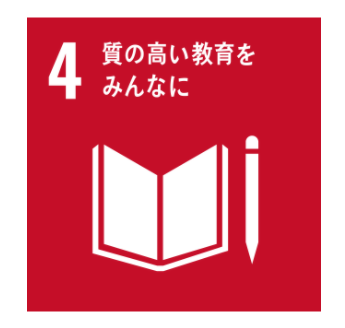
The fourth of the 17 items is a goal related to the field of education.
Under the slogan "Quality Education for All," our goal is to create a world in which all people can receive a fair and quality education.
set forth in this goal.Ten specific indicators.It is hoped that by achieving these goals, we will be able to promote equal access to lifelong learning for people around the world.
▼ 10 specific indicators
| 4.1 | By 2030, ensure that every child, regardless of gender, completes free, equitable and quality primary and secondary education that delivers relevant and effective learning outcomes. |
|---|---|
| 4.2 | By 2030, ensure that all children, regardless of gender, are ready for primary education through access to quality early childhood development and care and pre-primary education. |
| 4.3 | By 2030, ensure that all people, irrespective of gender, have equal access to affordable quality technical and vocational education and to higher education, including university. |
| 4.4 | By 2030, substantially increase the proportion of young people and adults with the skills needed for employment, meaningful work and entrepreneurship, including technical and vocational skills. |
| 4.5 | By 2030, eliminate gender disparities in education and ensure that vulnerable groups, including persons with disabilities, indigenous peoples and vulnerable children, have equal access to all levels of education and vocational training. |
| 4.6 | By 2030, all young people and the majority of adults (both men and women) should be able to read, write and perform basic numeracy. |
| 4.7 | By 2030, through education for sustainable development and education in the understanding of sustainable lifestyles, human rights, gender equality, the promotion of a culture of peace and non-violence, global citizenship, cultural diversity and the contribution of culture to sustainable development, all learners knowledge and skills necessary to promote sustainable development. |
| 4.8 | Build and improve child-, disability- and gender-sensitive educational facilities to ensure that they provide safe, non-violent, inclusive and effective learning environments for all. |
| 4.9 | By 2020, substantially increase the number of higher education scholarships worldwide in developed and other developing countries, including vocational training, information and communications technology (ICT), and technology, engineering, and science programs, targeting developing countries, particularly least developed countries and small island developing states, as well as African countries. |
| 4.10 | By 2030, substantially increase the number of high quality teachers in developing countries, especially in Least Developed Countries and Small Island Developing States, through international cooperation for teacher training and other means. |
Obstacles to the spread of education
There are many children in the world who cannot go to school or who cannot read or write.
There are many factors that contribute to this, including high poverty rates and emergencies such as armed conflict that prevent children from attending school.
In addition, even within the same country, girls, children living in rural areas, people with disabilities, and ethnic minorities have limited access to education.
Japan is no exception to the education challenge.
Solving various educational challenges around the world to provide equal, inclusive and quality education for all is considered to be the key to sustainable development.
Three reasons why e-learning can contribute to the SDGs education goals
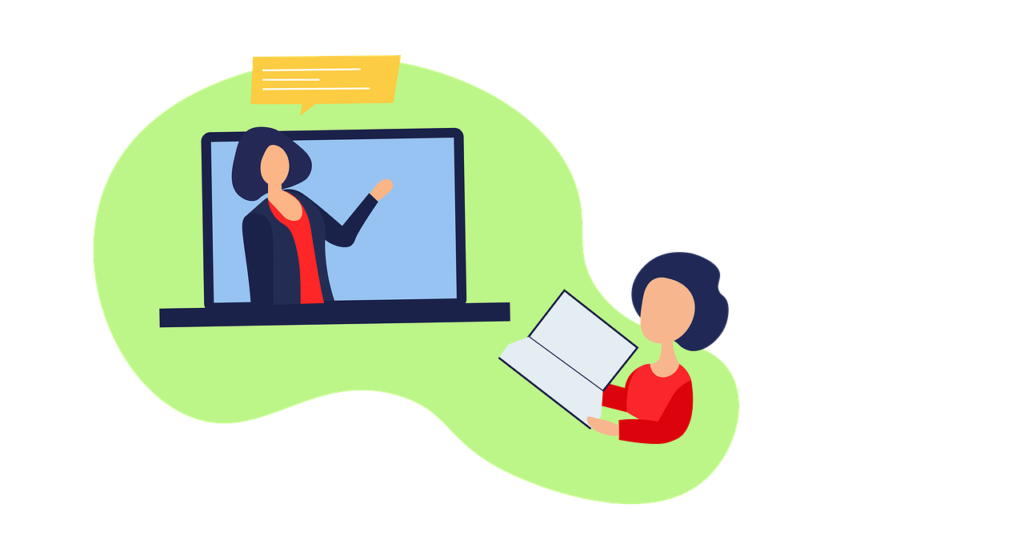
E-learning (e-Learning) is a form of learning that uses the Internet as its main tool.
There are three main reasons why this e-learning can contribute to improving educational issues around the world
POINT1: You can study at any place and any time.
Although an internet connection is a prerequisite, students who have been unable to attend school due to their location, work, or physical disability can study at their own convenience.
POINT 2: The quality of education is uniform.
As long as the same learning materials are used, the quality of education can be said to be uniform.
The disadvantage of face-to-face learning is that the quality of education depends on the quality of the instructor and the number of students per instructor. e-learning does not have such concerns.
POINT3: Can be introduced at a reduced cost
The same material can be delivered to a large number of learners, and the cost can be greatly reduced because there is no need to secure appropriate teachers or instructors or dispatch them to the areas where the learners are located in order to respond to a large number of learners.
Functions and features of e-learning
E-learning is a learning system that allows you to "improve your skills at your own pace, without being restricted by time or place" by using electronic devices such as computers and smartphones and the Internet.
The basics of e-learning and how it works are explained in detail in this article.
![[SDGs You Can't Ask About Now] Three Reasons Why E-Learning Can Contribute to Education Goals](https://learningbox.online/wp-content/uploads/2021/06/0485dd55bd500d2b84315a3f85bb0db2-1-120x120.png)
learningBOX is an LMS with all the necessary contents for school education

learningBOX is a learning management system (LMS) that allows anyone to easily build an e-learning system.
Administrators can create and register learning materials such as videos and PDFs, quizzes to check the level of understanding, and other contents on learningBOX, and learners can proceed with their learning on the web based on these contents.
Learning history and grades are kept on the LMS, so administrators can evaluate and guide learners.
The most important feature of learningBOX is that by simplifying and simplifying the system, the usage fee is kept low, lowering the hurdle of introducing e-learning to educational institutions and small and medium-sized companies that have not been able to reach e-learning before.
1/10 of the industry price! You can start e-learning easily from 30,000 yen per year!
The biggest advantage of our e-learning system is the lowest price in the industry.
It's easy to get started with e-learning.Starter PlanWith this service, you can use e-learning at the low price of 33,000 yen (including tax) per year for 100 people, or 5,500 yen (including tax) per month.
Since the beginning of our service in Japan, we have been used by many small and medium-sized companies and organizations, such as private cram school owners and restaurant owners, who feel that the introduction of major e-learning systems is too much of a hurdle.
learningBOX is an e-learning system with a free plan that allows you to check its usability.
The learningBOX is available for an unlimited period of time! Free Plan to learn more about our system.
This is not a plan with limited features like the demo site.
If you have up to 10 users including the administrator, you can use almost all functions for free, except for the paid optional functions.
For more information on how to use the learningBOX, please visitHow to use the learningBOX page.
Introduction of our activities
The Japan International Cooperation Agency (JICA) has selected our project "Basic Survey on the Introduction of e-Learning to Support Self-Study for Technical Education Graduation Qualification" (target country: Pakistan) for the first "SME/SDGs Business Support Project" in FY2020.
JICA's "Small and Medium Enterprises (SMEs) and SDGs Business Support Project" aims to match the development needs of developing countries with the excellent products and technologies of Japanese private companies, to promote "businesses that contribute to the achievement of the SDGs (SDGs businesses)" and solutions to the problems faced by developing countries, and to strengthen bilateral relations and further promote economic relations through ODA. The purpose of this project is to strengthen bilateral relations and further promote economic relations through ODA.
We have selected Pakistan as the target country because the market size in the IT field is expected to grow in the future, especially in South Asia, where the population is 212 million and the average age is 23.5 years old.
The country is geographically and culturally well connected to the Middle East, and has the potential to expand into the Middle East and surrounding Asian regions from there.
Related Blog】JICA: Selected for the First "SME/SDGs Business Support Project" in FY2020
![[SDGs You Can't Ask About Now] Three Reasons Why E-Learning Can Contribute to Education Goals](https://learningbox.online/wp-content/uploads/2021/06/0485dd55bd500d2b84315a3f85bb0db2-1-120x120.png)
Summary
The SDGs (Sustainable Development Goals) are major goals shared by people around the world to create a better world where people can live more securely.
Education plays an important role in this process, and it is believed that creating a world in which all people have equitable access to quality education will promote the correction of poverty and disparities in employment opportunities and lead to sustainable development.
E-learning is a highly convenient service that allows learners to study at their convenience as long as they have an Internet connection.
At the same time, however, many of the e-learning programs developed by private companies are very expensive in terms of pricing.
Our goal is to create a system that allows anyone to easily build a web-based learning environment.
It's an e-learning system that is easy to start using anyway, both in terms of cost and operation.
We hope to play a role in creating more educational opportunities not only for Japan but also for the rest of the world.
- What are the human resource development challenges faced by small and medium-sized companies?
- How to choose a microlearning platform? The key points explained
Comment ( 0 )
Trackbacks are closed.



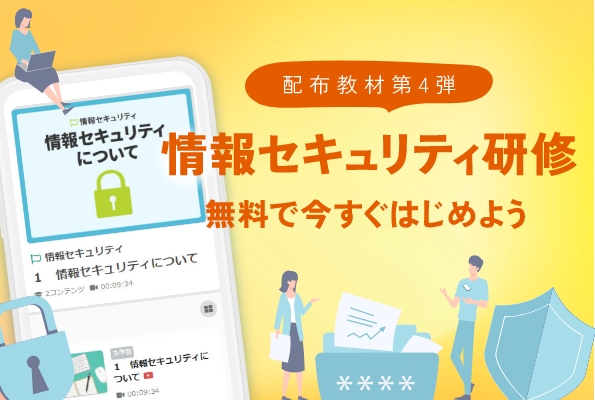

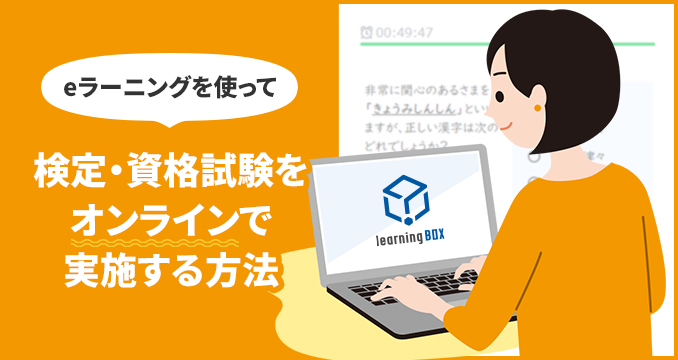
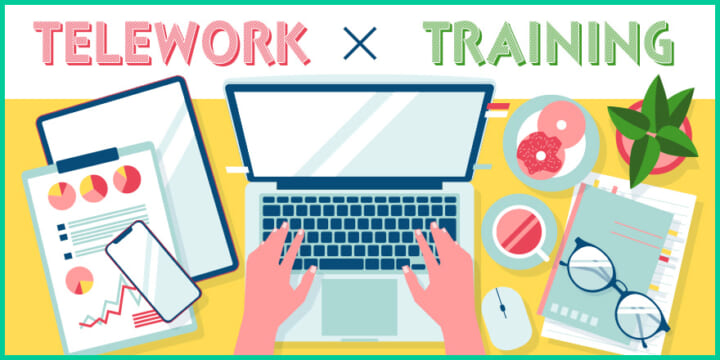

No comments yet.